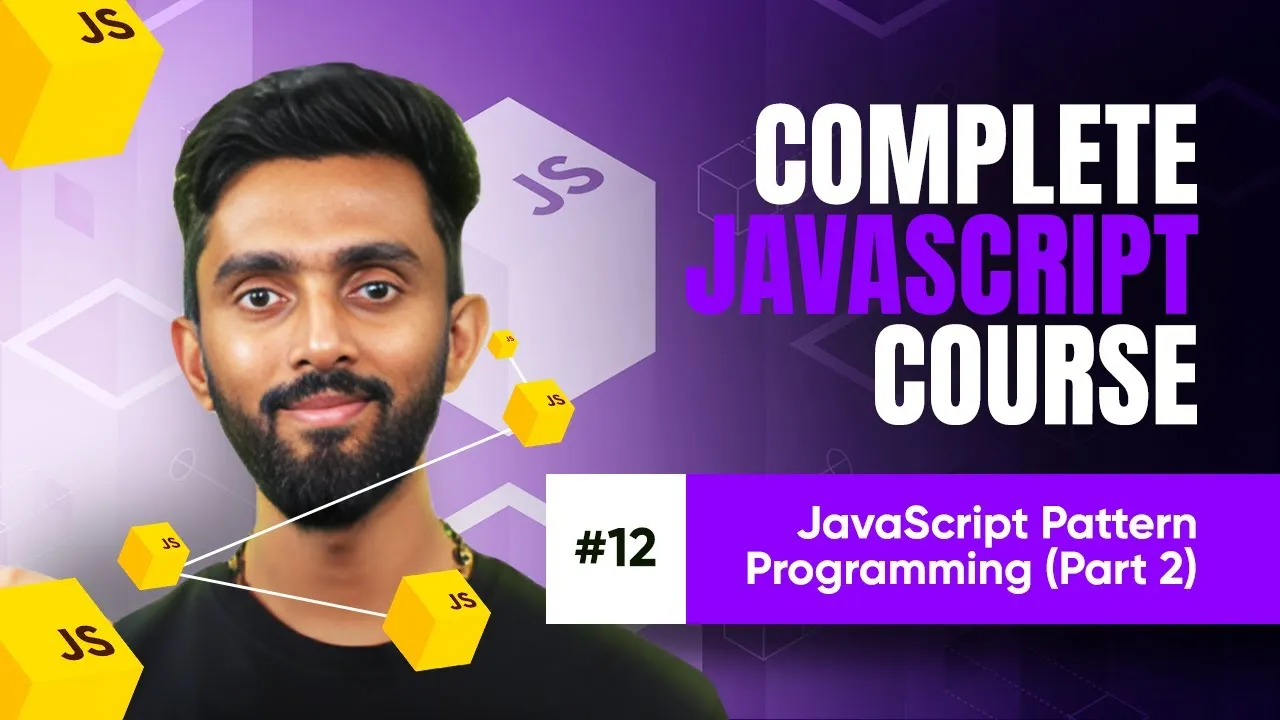JavaScript Functions as First Class Citizens Explained
Published on June 9, 2025 • 4 min read
Understanding Functions as First Class Citizens in JavaScript
JavaScript is a language full of powerful concepts, and one of the most pivotal is the idea of functions being "first class citizens." For beginners, this might sound a bit daunting, but it’s truly one of the keys to mastering JavaScript's flexibility. Understanding that functions are treated as objects—the same as other data types—opens up a realm of capabilities like storing functions in variables, passing them as arguments, and even returning them from other functions. In this post, we'll break down these concepts with clear explanations and examples, making it easier to grasp how functions work like objects in JavaScript.
What Does It Mean to Be a First Class Citizen in JavaScript?
In JavaScript, a "first class citizen" is a value that satisfies three key abilities:
- It can be stored in a variable.
- It can be passed as an argument to a function.
- It can be returned from a function.
Objects we work with daily satisfy these rules, but functions fit right in here as well. This ability is foundational to JavaScript's functional programming features. For a refresher on objects, you might find the MDN JavaScript Objects documentation very helpful.
Objects Are First Class Citizens: A Quick Recap
Before jumping fully into functions, let's briefly revisit objects. Consider this object literal example:
let car = {
name: 'BMW',
cost: 75.6,
mileage: 8.9
};
- You can store this object inside a variable (
car). - You can pass it as an argument to any function.
- You can return it from functions as output.
JavaScript stores objects in the heap memory and represents them through reference variables in the stack. This means variables like car hold the address to the object. When you pass an object to a function, you’re actually passing the reference (address), not a copy of the object.
For more about JavaScript memory and variable scopes, check the JavaScript execution context documentation.
Functions Are Objects: Unlocking JavaScript’s Power
Here's the big leap: functions in JavaScript are actually special kinds of objects. When you define a function:
function add(a, b) {
return a + b;
}
JavaScript internally creates an object that holds:
- Properties: Like
name(which is'add') andlength(number of expected arguments). - Behaviors: Methods like
call(),apply(), andbind().
You can even access these properties directly:
console.log(add.name); // Outputs: add
console.log(add.length); // Outputs: 2
This proves the function is an object. Just like any object, a function can be stored in a variable, passed around, and manipulated.
Functions as First Class Citizens: Code in Action
Storing Functions in Variables
let addFunction = add;
console.log(addFunction(10, 20)); // Outputs: 30
Here, addFunction is another reference to the same function object. Both add and addFunction point to the same function in memory.
Passing Functions as Arguments (Higher-Order Functions)
function executeFunction(fn) {
console.log(fn(100, 200));
}
executeFunction(add); // Outputs: 300
In this example:
executeFunctionis a higher order function because it accepts another function as an argument.addis a callback function passed intoexecuteFunction.
This pattern is common in asynchronous programming and API design. To dive deeper into these topics, visit the MDN Higher-order functions page.
Returning Functions from Functions
JavaScript also supports returning functions from other functions, enabling powerful features like closures and function factories. We'll explore this in detail in a future post.
Why This Matters: The Flexibility of JavaScript Functions
Grasping that functions are first-class objects lets you:
- Create flexible APIs.
- Implement callback patterns.
- Use closures for encapsulation.
- Pass behavior as data.
This paradigm underpins many modern JavaScript frameworks and libraries.
Conclusion
Understanding functions as first-class citizens in JavaScript is essential. It means functions can be treated just like any other objects—stored in variables, passed around, and returned from other functions. This concept unlocks the true flexibility and power of JavaScript, leading to more expressive, efficient, and dynamic code. Experiment with the examples shown here and watch how your understanding of JavaScript deepens.
If you enjoyed this breakdown, consider subscribing to stay updated with more JavaScript insights. Got questions or want to discuss more? Drop a comment below!
Image Description: Imagine a flowchart where a function object sits in memory with arrows pointing to variables that reference it and arrows showing the function being passed into and returned from other functions—visualizing JavaScript’s first-class citizenship concept in action.
This blog post is based on content from a YouTube video. Watch it here. All rights reserved by the original creator.


